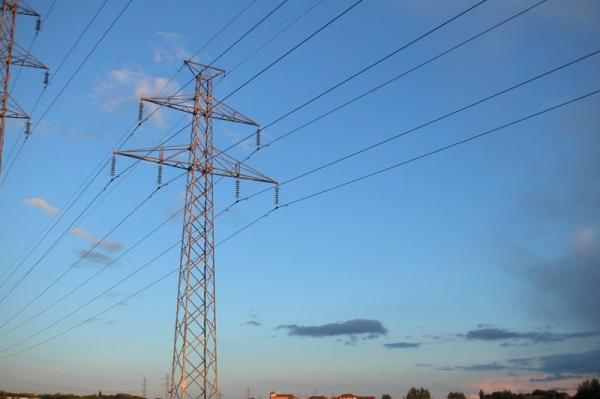CAIRO, March 20 (UPI) — The opening of three major power plants in March was the latest in Egypt’s efforts to end its electricity shortage crisis.
“Huge work is being done in this country to end the problem,” said Gamal al-Qaluibi, a power engineering professor at Cairo University. “In less than two years, the government managed to end electrical power shortages and even pave the road for surpluses.”
When they are operating fully in 2018 as expected, the three electrical power plants, one in the central province of Beni Suef and the others in the new capital being built on the outskirts of Cairo, will produce 14,000 megawatts of electricity every year.
In 2013, Egypt produced 24,000 MW but 29,000 MW were needed to bring light to all households, make factory machines run, power equipment at hospitals and bring energy to farmland.
The government was actively asking the public to economize on electricity consumption, turn off air conditioning and do without half of the light bulbs at home. However, consumption rationalization did not reduce daily outages, which sometimes brought hospital equipment to a standstill.
Instead of addressing the problem, then-President Muhammad Morsi blamed his opponents for deliberately cutting electricity to anger the public.
When Abdel Fattah al-Sisi became president in mid-2014, he learnt the lesson from Morsi’s failure to deal with the crisis. Sisi’s plan to prevent the outages included the construction of eight massive power plants.
The three power plants that opened in March were designed and constructed by the German electronics manufacturing giant Siemens at the cost of $6.4 billion. Each of the plants will produce 4,800 MW of electricity annually at peak operations.
The plants are only a small item on Sisi’s plan to achieve electricity sufficiency in Egypt, the Electricity Ministry said.
“Our plan includes a diversification of electricity sources,” said Ayman Hamza, spokesman for the Electricity Ministry. “The plan aims to end electricity outages for good and secure needs for many years to come.”
Sisi’s plan to end the outages includes exploitation of renewable energies. The government actively encouraged the private sector to establish its own solar and wind farms. It installed huge solar panels on the roofs of hundreds of government buildings and encourages Egyptians to create solar power plants on their home roofs. Some Egyptians sell electricity produced by their solar panels to the national grid.
Egypt is expected to sign a contract at the end of April for a nuclear power plant, which will be built in northwestern Egypt by a Russian company. The plant, which will include four nuclear reactors, each producing 1,200 MW of electricity by completion in 2022, will cost $30 billion.
An electricity interconnectivity project is due to be completed between Egypt and Saudi Arabia in 2019.
All these measures mean one thing: Electricity outages will become a thing of the past, Hamza said.
“A power cuts-free summer will start in our country in a matter of few weeks from now for the first time in almost a decade,” he said.
Abundant electricity production, economists said, will help Egypt attract international investment.
Energy experts said, however, the electricity sufficiency should not blind Egyptians to the fact that fossil fuels are finite, which means that Egypt should increase its dependency on renewable energy.
Renewable energy contributes only 3 percent of total electrical power generated in Egypt now. The country has hopes to raise that figure to 20 percent by 2022.
“According to specialized studies, fossil fuels will start running out a short time from now,” said Youssri Abu Shadi, an energy expert and a former International Atomic Energy Agency inspector. “This means that dependence on renewable energies is not optional for a country like Egypt.”







